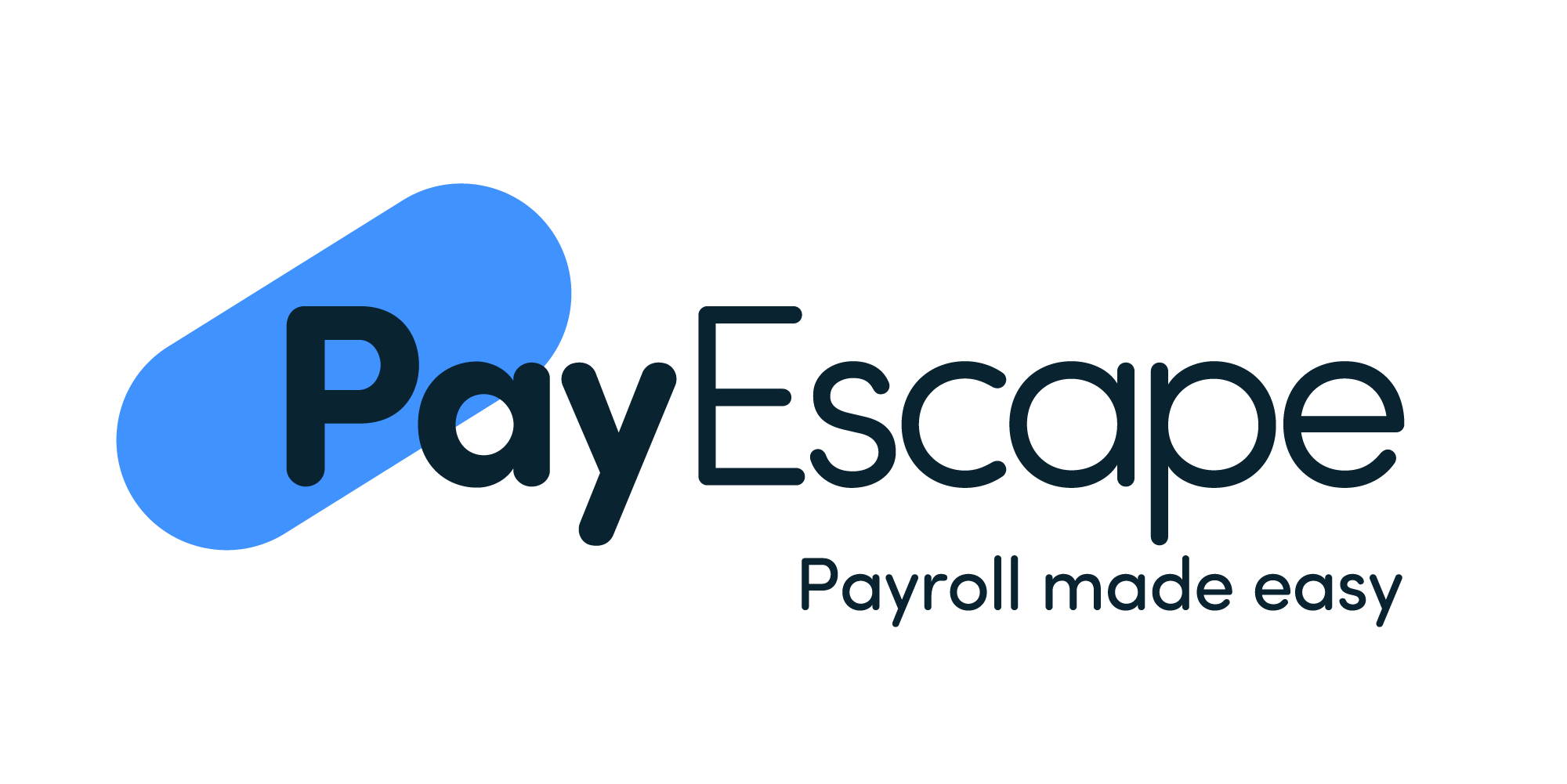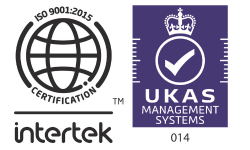Creating an inclusive and accessible workplace is no longer just a nice-to-have. It’s a legal, ethical, and commercial imperative. HR professionals are at the heart of ensuring that disabled employees feel supported, respected, and given equal opportunities to succeed.

In the UK, laws like the Equality Act 2010 make it clear that businesses must do more than just accommodate. They must adapt. This blog outlines how organisations can meet legal requirements, improve accessibility in different workplace scenarios, and use HR consulting and software to lead the charge for inclusion.
Understanding Legal Responsibilities
The Equality Act 2010 protects individuals from discrimination in the workplace and wider society. Under this Act, a disability is defined as a physical or mental impairment that has a “substantial” and “long-term” negative effect on a person’s ability to do normal daily activities.
Employers must make “reasonable adjustments” to avoid disadvantaging disabled employees or applicants. These adjustments might include physical changes, changes to working patterns, or support services. For more information, you can review the UK Government’s guidance on reasonable adjustments.
Key legal responsibilities include:
- Avoiding discrimination during recruitment, employment, and termination
- Consulting employees about required adjustments
- Maintaining clear records of support provided
- Providing accessibility across all areas of work, including meetings and events
- Failing to comply with these duties can result in tribunal claims and reputational damage.
Making Physical Workspaces More Accessible

Accessible office design is fundamental for inclusion. HR teams and facilities managers should work together to identify and remove physical barriers. Typical adjustments include:
- Installing accessible toilets that follow BS 8300:2018 design guidelines
- Step-free access to all entrances, lifts, and communal areas
- Widened doorways and corridors to accommodate wheelchair users
- Adjustable-height desks and ergonomic equipment
- Visual fire alarms for people who are deaf or hard of hearing
- Non-slip flooring and clear signage for individuals with sensory or visual impairments
Accessibility audits and input from disabled employees themselves can provide valuable insights. Employers should also be aware of the Workplace (Health, Safety and Welfare) Regulations 1992, which require that facilities be suitable for all employees, including those with disabilities.
Digital Accessibility and Remote Work Considerations
A modern workplace must also cater to employees working remotely or using digital tools. This is particularly important for disabled workers who may require flexible work patterns or assistive technology. HR teams should ensure:
- Company software, documents, and platforms follow WCAG 2.1 accessibility standards
- Internal comms, training videos, and team meetings include captions, transcripts, or BSL interpreters
- Assistive tech, like screen readers or dictation software, is supported by IT teams
- Remote working policies include guidance on accessibility for home-based setups
Creating an accessible digital environment ensures that all staff can engage equally, whether in-office or remote.
Supporting Employees with Invisible Disabilities

Not all disabilities are visible. Conditions like chronic pain, autism, mental health disorders, or diabetes can significantly affect day-to-day work but are often overlooked. HR teams can take several practical steps to support employees with invisible disabilities:
- Encourage voluntary disclosure through a culture of trust
- Provide clear support pathways, such as mental health first aiders or Employee Assistance Programmes (EAPs)
- Implement adjustable workloads, quiet zones, or flexible working hours
- Offer training for managers to better understand and support neurodivergent team members
Resources such as the NHS Mental Health at Work toolkit and ACAS guidance on disability are useful in shaping inclusive HR practices.
How HR Consultancy Services Can Help
HR consulting services bring expert, impartial support to help businesses navigate the complexities of disability inclusion. Here’s how they help:
- Conducting full HR audits to assess compliance with disability legislation
- Advising on tailored reasonable adjustments for complex conditions
- Training managers and HR teams on disability etiquette and inclusive language
- Supporting businesses through grievances or legal disputes involving disability
- Helping develop long-term disability inclusion and D&I strategies
For SMEs or growing businesses with limited internal HR capacity, this external support can be invaluable in both policy creation and practical implementation.
Using HR Software to Manage Disability Support

Cloud-based HR management software, such as PayEscape’s HR solution, helps HR teams support disabled employees more efficiently. These platforms can be customised to meet a range of employee needs, ensuring data is secure and processes are consistent.
HR software benefits include:
- Documenting and reviewing reasonable adjustments securely
- Customising onboarding to suit individual support needs
- Tracking absence trends and making data-informed decisions
- Offering employee self-service features, allowing autonomy over HR tasks
- Automating reminders for adjustment reviews and follow-ups
By reducing admin and creating visibility, HR software ensures that accessibility isn’t overlooked. It becomes embedded in daily operations.
Building a Disability-Friendly Culture
Policies and adjustments matter, but culture is what makes inclusion sustainable.
Organisations should:
- Promote awareness through internal campaigns or workshops
- Mark awareness events like Disability History Month (Nov–Dec) or International Day of Persons with Disabilities (3rd Dec)
- Encourage open discussions through staff networks or accessibility champions
- Regularly review and adapt inclusion strategies with employee feedback
Leadership commitment is key. When managers and execs openly support disability inclusion, it sets the tone across the organisation. You can explore practical ideas for creating a more inclusive culture via the Business Disability Forum.
Conclusion

Managing disability in the workplace is not just a compliance issue. It is a long-term commitment to equity, inclusion, and employee wellbeing. From physical access to flexible work policies and software solutions, every aspect of your HR strategy can either support or hinder inclusion.
Whether you’re making your first adjustments or reviewing company-wide policies, PayEscape’s HR software and team of trusted HR consultants can help you stay compliant, proactive, and people-focused.














